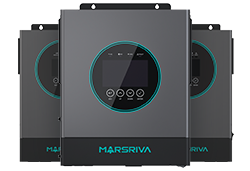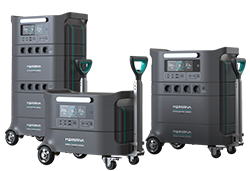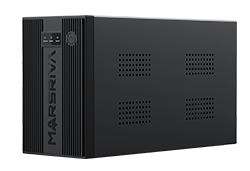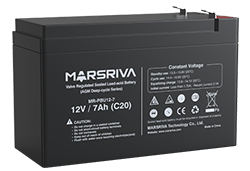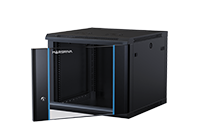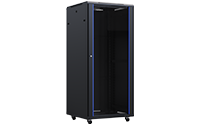Learn the latest in tech and more
Get to Know the Inverter!
Author:
Time:2023-06-06
A “solar inverter” is a vital device in any solar energy system, responsible for converting “direct current (DC)” electricity generated by solar panels into “alternating current (AC)” electricity, which powers most household and industrial appliances.
1. Core Functions of a Solar Inverter
(1)DC to AC Conversion:
*Solar panels produce DC electricity, but most devices and the power grid operate on AC.
*The inverter ensures this conversion happens efficiently and reliably.
(2)Maximizing Solar Panel Output:
*Using “Maximum Power Point Tracking (MPPT)” technology, inverters optimize the voltage and current to ensure the panels produce maximum energy under varying sunlight conditions.
(3)System Management and Safety**:
*Protects against overvoltage, overcurrent, and short circuits.
*Monitors the solar system's performance and can detect faults early.
(4)Grid Synchronization (For Grid-Tied Systems)**:
*Matches the grid's voltage and frequency to safely feed excess energy back into the grid.
2. Types of Solar Inverters
(1)String Inverters:
*Common in residential and commercial systems.
*One inverter for a group of panels connected in series.
*Cost-effective.
(2)Microinverters:
*Each panel has its own inverter.
*Independent operation for each panel (ideal for shading or different panel orientations).
(3)Central Inverters:
*Used in large-scale solar farms.
*High capacity and efficiency.
(4)Hybrid Inverters:
*Combine solar inverter and battery inverter functions.
*Can store solar energy in batteries for later use.
3. Key Features
*Efficiency: Modern inverters achieve conversion efficiencies of 95-98%.
*Monitoring and Connectivity: Many inverters offer app-based performance tracking and fault diagnostics.
*Durability: Designed to operate in various climates and conditions, often with IP-rated enclosures.
*Scalability: Especially with microinverters, systems can be easily expanded.
4. Use Cases
(1)Residential Solar Systems:
*Power homes and reduce electricity bills.
(2)Commercial and Industrial Applications:
*Offset energy costs and achieve sustainability goals.
(3)Off-Grid and Hybrid Systems:
*Ensure energy independence and provide backup power during outages.
5. Advantages of Solar Inverters
*Reduce dependency on fossil fuels.
*Lower electricity costs by utilizing renewable energy.
*Improve energy security with battery backup capabilities.
*Help achieve sustainability and carbon reduction goals.
6. Emerging Technologies
*Smart Inverters: Support grid stabilization and real-time monitoring.
*Energy Storage Integration: Seamlessly work with batteries to store excess solar power.
*Higher Voltage Handling: Reduce energy losses and improve overall efficiency.
Last Page
Next Page
Last Page
Next Page
Privacy Policy 丨 Powered by www.300.cn
SAF Coolest v1.3.1.2 设置面板 RMISS-AFRF-JZSQE-XFV
无数据提示
Sorry,The Current Column Is Being Updated
Please Stay Tuned!


